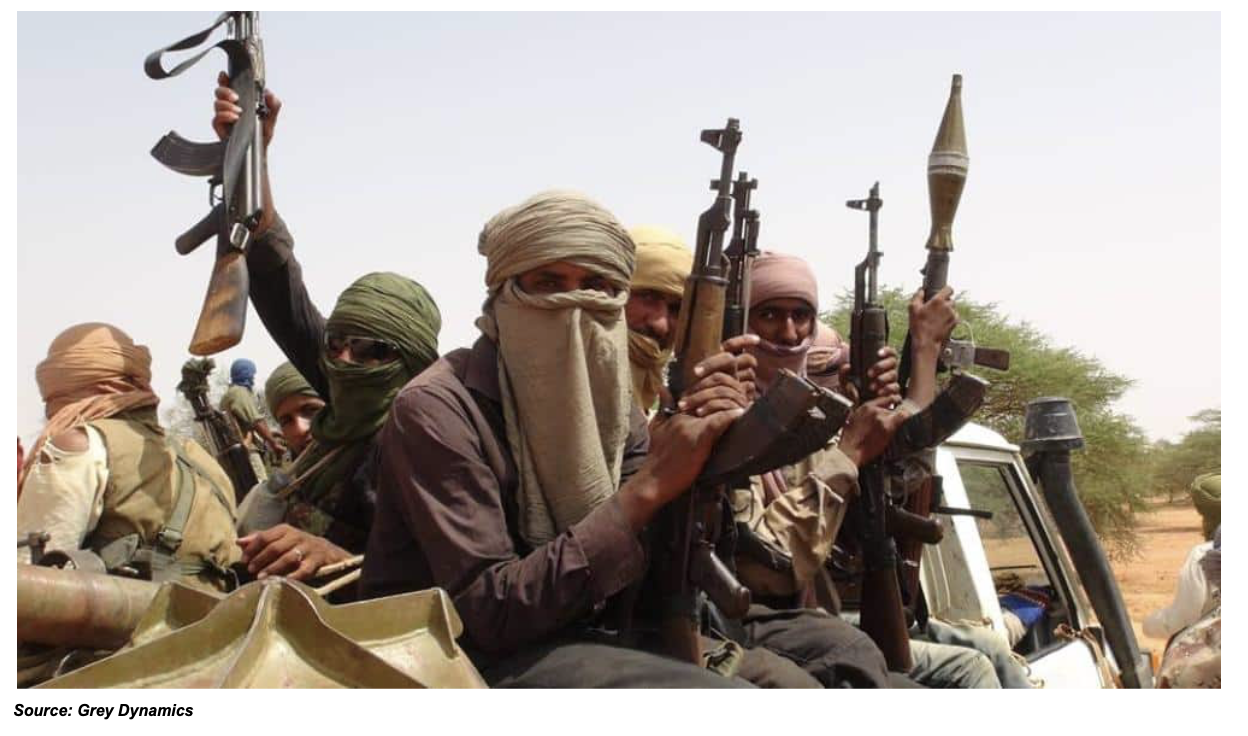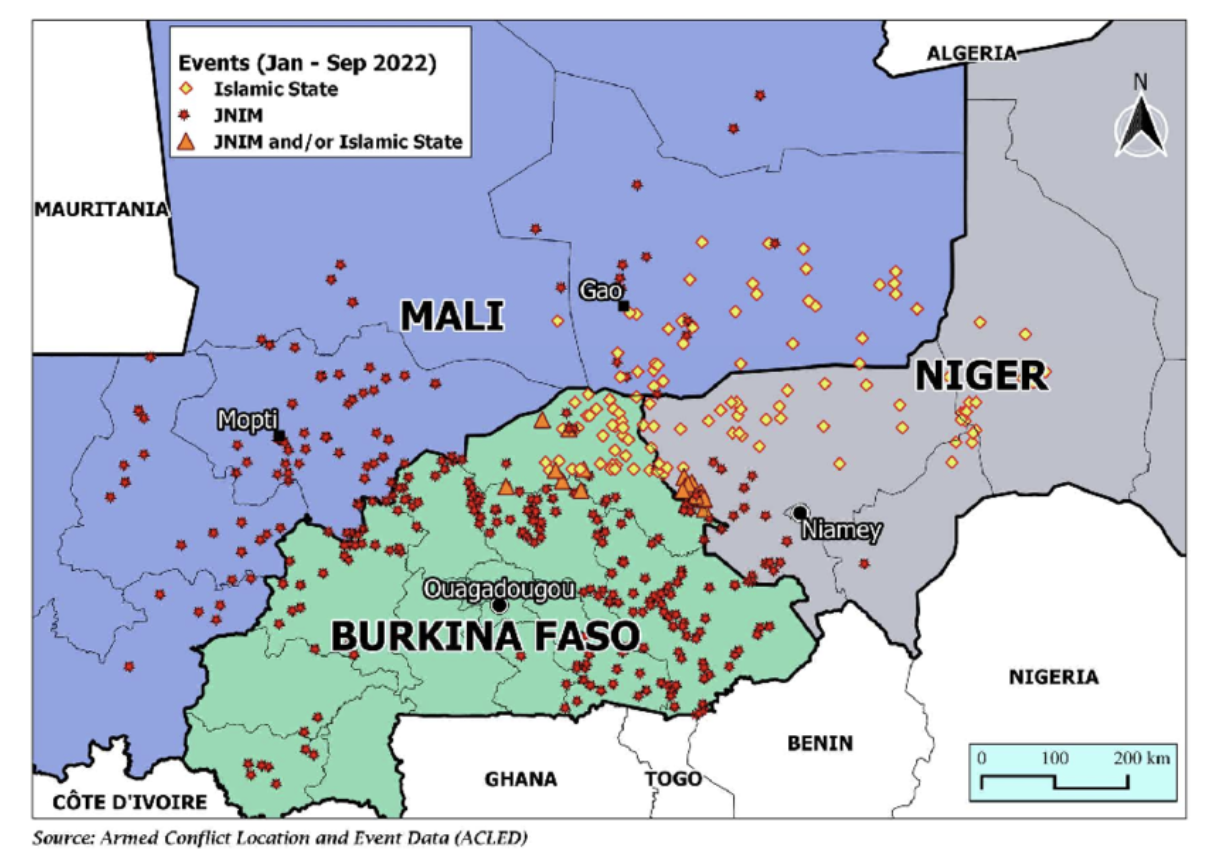The Sahel: A Region on the Brink — Urgent Action Needed to Avert Catastrophe
The Sahel, a vast, semi-arid belt stretching across Africa, faces a complex and escalating crisis. Persistent violence, instability, and extreme poverty have plunged millions into a devastating humanitarian situation. The recent massacre of 170 civilians serves as a harrowing testament to the deteriorating security situation within the country. The situations in neighboring Niger and Mali are equally dire, and their deteriorating conditions pose a significant threat of a regional domino effect, plunging the entire Sahel into further turmoil.
Beyond Security: A Looming Food Crisis
While security concerns dominate headlines, food security is a pressing issue. Attacks by extremist groups disrupt agricultural activities, threatening food supplies for millions already teetering on hunger. This disruption of livelihoods risks further destabilisation.
A Microcosm of the Sahel's Plight:
Extremist Groups: The presence of extremist groups such as Al-Qaeda and ISIS affiliates creates a climate of fear and insecurity. Their attacks not only target civilians and military personnel but also disrupt vital economic activities.
Intercommunal Clashes: Competition for dwindling resources such as water and grazing land intensifies due to climate change and population growth. This competition often erupts into violent clashes between communities, further destabilizing the region.
Climate Change Impact: Climate change exacerbates existing vulnerabilities. Droughts and erratic rainfall patterns threaten agricultural production, leading to food insecurity and resource scarcity.
Coup's Legacy: Instability Breeds Insecurity
The September 2022 coup in Burkina Faso further destabilised the country. The junta's rule raises concerns about democratic erosion and a lack of transparency. This political instability creates a breeding ground for extremist groups to exploit grievances and stoke violence.
Millions Face Bleak Reality
The human cost is staggering. The conflict in the Sahel region, encompassing Burkina Faso, Mali, Niger, Chad, and Mauritania, has led to a staggering 2,446% increase in internally displaced people since 2014 and a 532% rise in food insecurity rates since 2014, highlighting the devastating impact on the region's population. The UNHCR reports over 2.5 million internally displaced persons within the Sahel. This mass movement strains resources and infrastructure, pushing communities to the brink.
Fractured Regional Response: A Cause for Concern
The recent withdrawal of Burkina Faso, Mali, and Niger from the Economic Community of West African States (ECOWAS) weakens regional efforts. This fractured response raises concerns about a wider destabilization domino effect. A unified regional approach is crucial for a comprehensive response encompassing security, efficient aid delivery, and long-term development.
Looming Threat of Wider Destabilization: A Domino Effect
The Sahel demands immediate and collective action. Ignoring the crisis risks not only the region's future but also wider destabilization across Africa. The international community must act swiftly to support ongoing efforts, prioritizing immediate humanitarian needs and long-term development strategies.
The escalating crises in Niger and Mali pose a grave threat to regional stability. The potential for a domino effect grows as violence intensifies, providing extremist groups with opportunities to expand and orchestrate cross-border attacks. This will exacerbate existing conflicts trigger mass displacement, and strain resources in neighbouring countries, fueling social unrest.
Furthermore, the erosion of state authority in Niger and Mali creates a power vacuum that extremist groups are quick to exploit. Niger's militarization, porous borders, and strained resources highlight the urgency. Mali's fragile peace and governance issues exacerbate the challenges. Lack of trust between the government and rebel factions, coupled with a leadership vacuum worsened by Mali's withdrawal from regional collaborations, hampers efforts to address root causes and implement solutions.
A Call to Action for the Global Community
Increased Humanitarian Aid
Actors Involved: United Nations agencies such as UNICEF and WFP, international NGOs like Catholic Relief Services (CRS), and donor countries.
Recommendations:
Scale up funding for the UN-coordinated response plans, which require $4.6 billion in 2023 to address the needs in Burkina Faso, Cameroon, Chad, Mali, Niger, and Nigeria.
Enhance logistical support to aid agencies to deliver medical supplies, shelter, and sanitation facilities, especially in hard-to-reach areas affected by violence and insecurity.
Support the CRS Sahel Humanitarian Response Strategy 2023-2025, which emphasizes the need for concrete humanitarian actions in the region.
Supporting Peacebuilding Initiatives
Actors Involved: Local organizations, interfaith groups, and international partners such as the United States Institute of Peace (USIP) and the United Nations Peacebuilding Fund.
Recommendations:
Financially and logistically back local peacebuilding initiatives, including those that leverage public trust in religious institutions and leaders through interfaith programming.
Encourage the integration of social cohesion and peacebuilding elements into humanitarian and development programs.
Foster the legitimacy and role of local government and civil society to increase sustainability and accountability in peacebuilding efforts.
Pressing for Respect of Human Rights
Actors Involved: International human rights organizations, the United Nations High Commissioner for Human Rights (OHCHR), and diplomatic channels.
Recommendations:
Advocate for the protection of civilians and civil society actors through diplomatic efforts and by leveraging international human rights mechanisms.
Support the G5 Sahel Joint Force with the implementation of human rights and international humanitarian law to prevent violations during military operations.
Urge respect for humanitarian principles by armed actors and improve civilian protection through the accountability of security forces.
Investing in Long-Term Development
Actors Involved: Development agencies such as USAID, the European Commission's Directorate-General for European Civil Protection and Humanitarian Aid Operations (ECHO), and international financial institutions.
Recommendations:
Commit to long-term development projects that focus on poverty reduction, sustainable agriculture, and climate change adaptation.
Promote investments in resilience, sustainable development, and social cohesion as critical components to help communities move forward and prevent further crises.
Expand partnerships with local communities and civil society, including women-led organisations, to ensure that development efforts are inclusive and effective.
Conclusion
The situations in Burkina Faso, Niger, and Mali highlight the interconnected nature of the Sahel crisis. Addressing the challenges requires a comprehensive and regional approach that tackles both immediate security concerns and the underlying socio-economic issues fueling conflict. The international community must act decisively to prevent a domino effect and ensure a more stable and prosperous future for the Sahel.
The Sahel crisis may seem insurmountable, but amidst the despair, there are glimmers of hope. Local communities, women's groups, youth organizations, and dedicated NGOs are working tirelessly to foster peace, build resilience, and cultivate a future where dialogue and collaboration replace violence and despair. By amplifying their voices, providing them with the necessary resources, and fostering a spirit of regional cooperation, the international community can help the Sahel blossom into a beacon of hope, not a symbol of despair.


